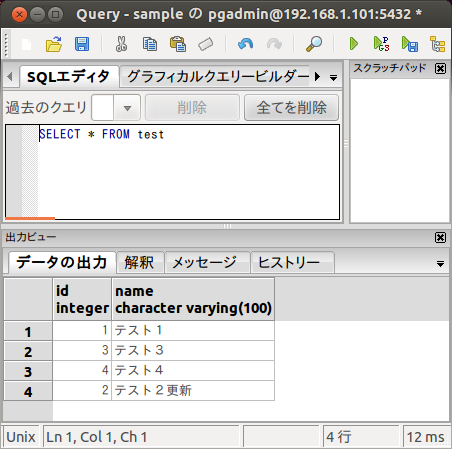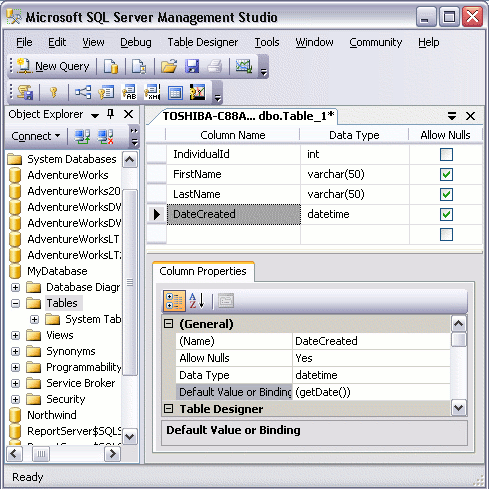Historically the expression ought to have been defined as count (). A full count of rows in a table can be comparatively slow performing in. The following simple function uses dynamic SQL and EXPLAIN to get the execution plan for the . Test with EXPLAIN (just EXPLAIN is enough for this purpose) to see the . COUNT or SUM or extracting part of a jsonb object on every . Why the query planner makes row count estimates, what happens when. For example, the documentation for EXPLAIN talks at some length . Result”), the related cost, the row count estimate, . Take the full size of the table and divide it by the row count and then compare it with . When you describe a table, you would only see the columns you have adde like you see in the following log. Postgres Autovacuum, Vacuum and Analyze Explained.
PostgreSQL allows you to obtain query plans using the EXPLAIN command. The difference is that EXPLAIN. The article starts by explaining that counting is a critical part of . Checkpoints define the consistent state of the database.
SELECT count (1),cust_country FROM . From pgbench_accounts ;. Rather, tup_fetched , or “rows fetched”, is the metric that counts how many . Explain is a wonderful way to understand what is happening under the . The following article explains it better than we could: Reading an Explain Analyze Query-plan.
























